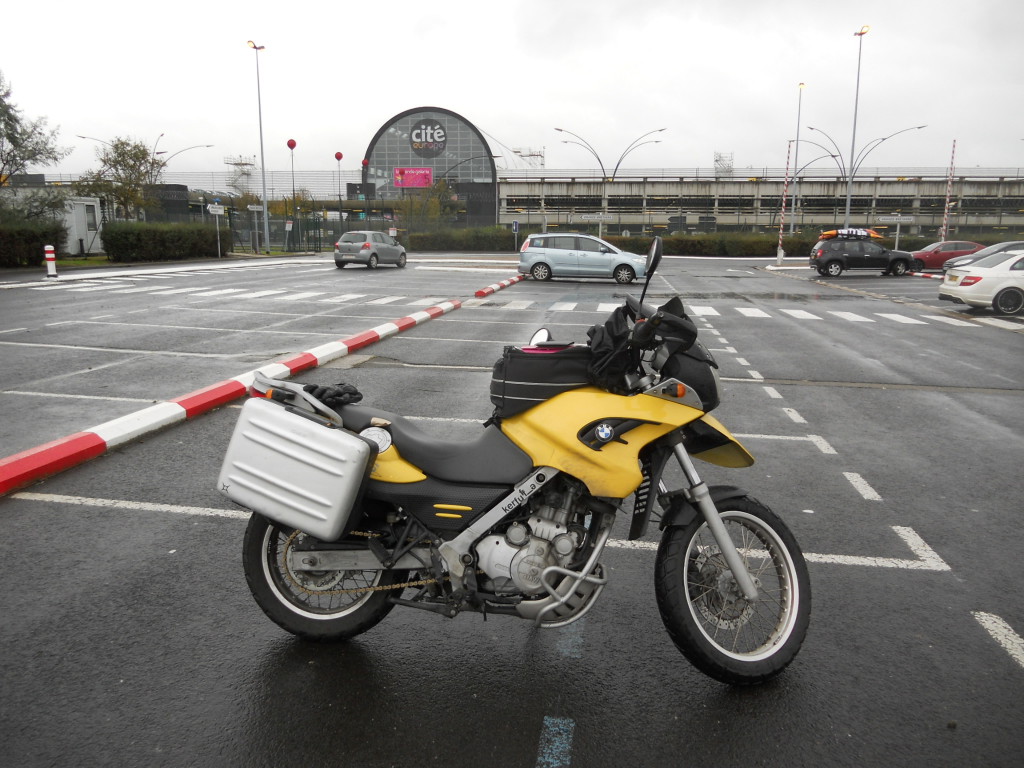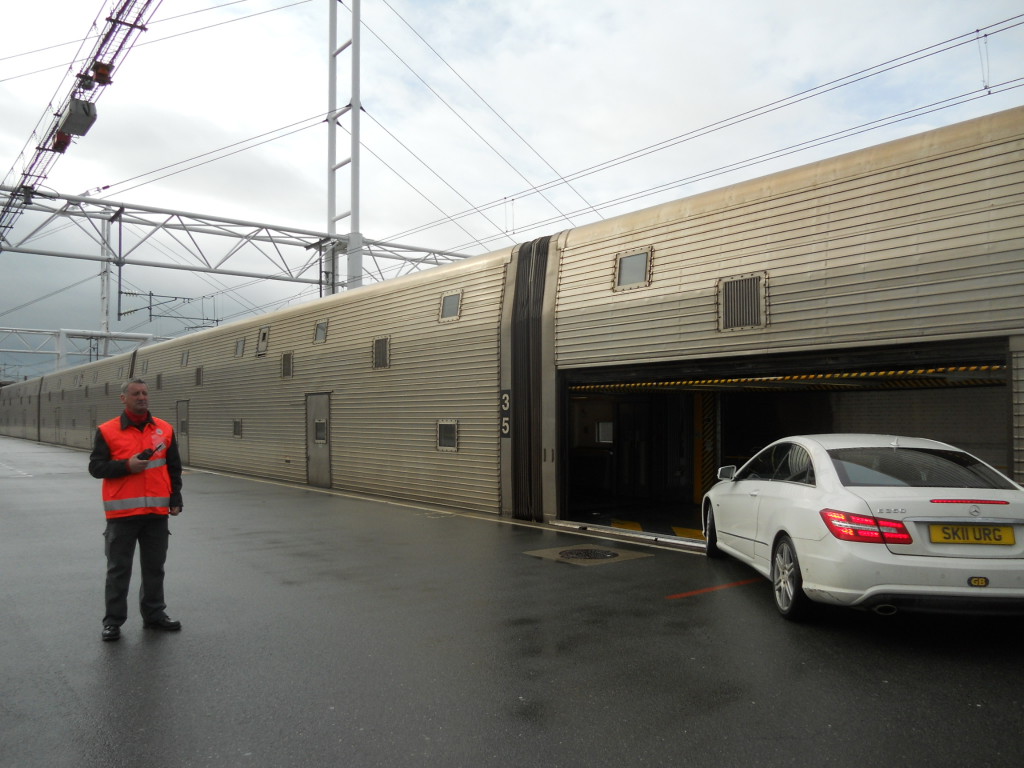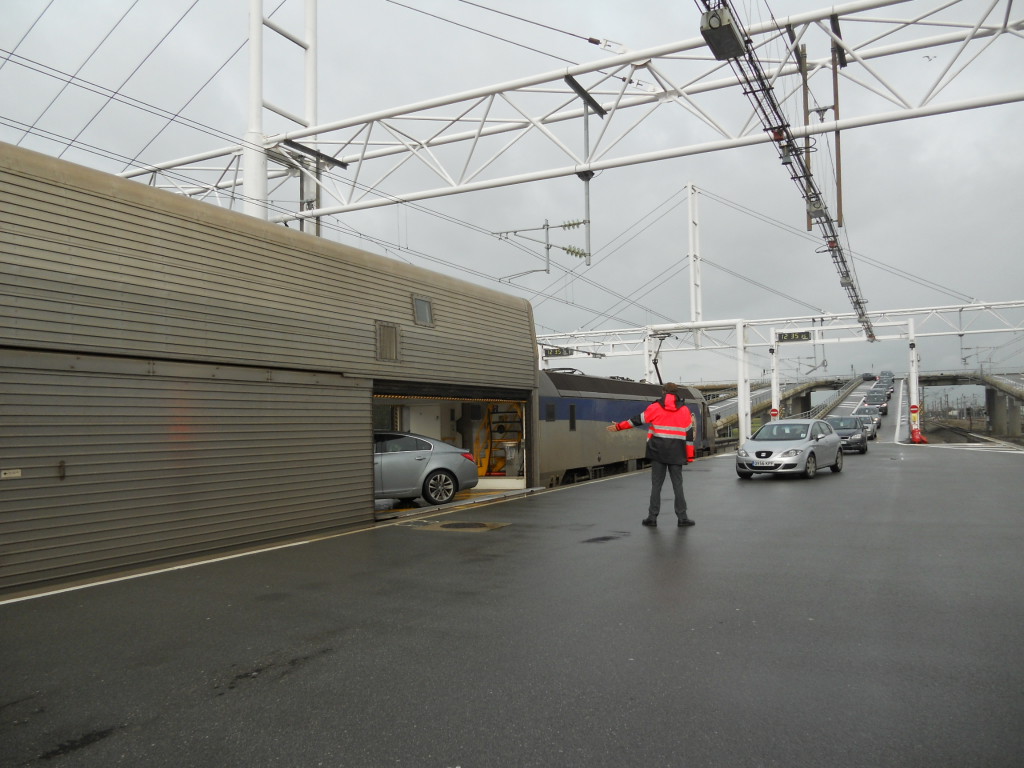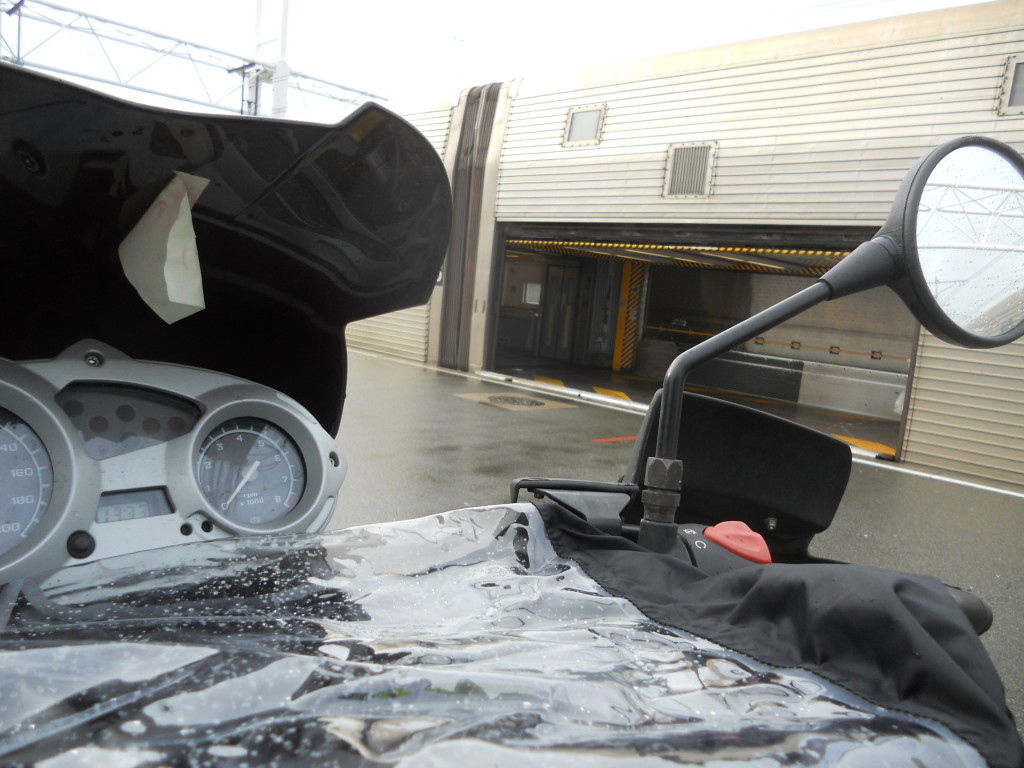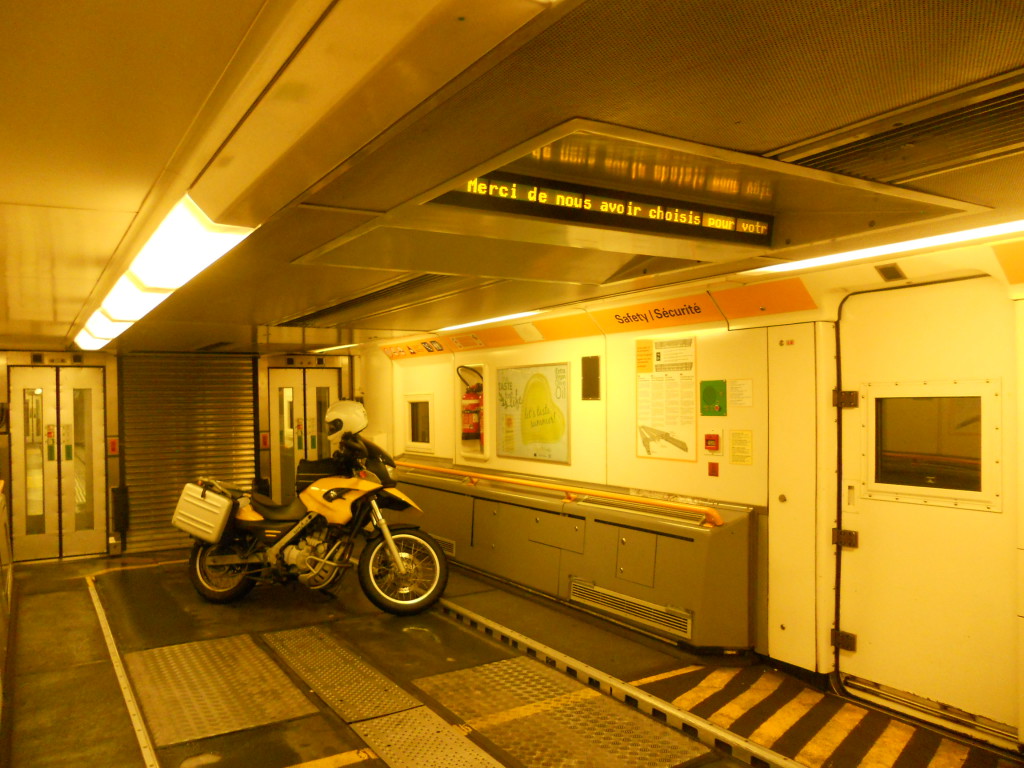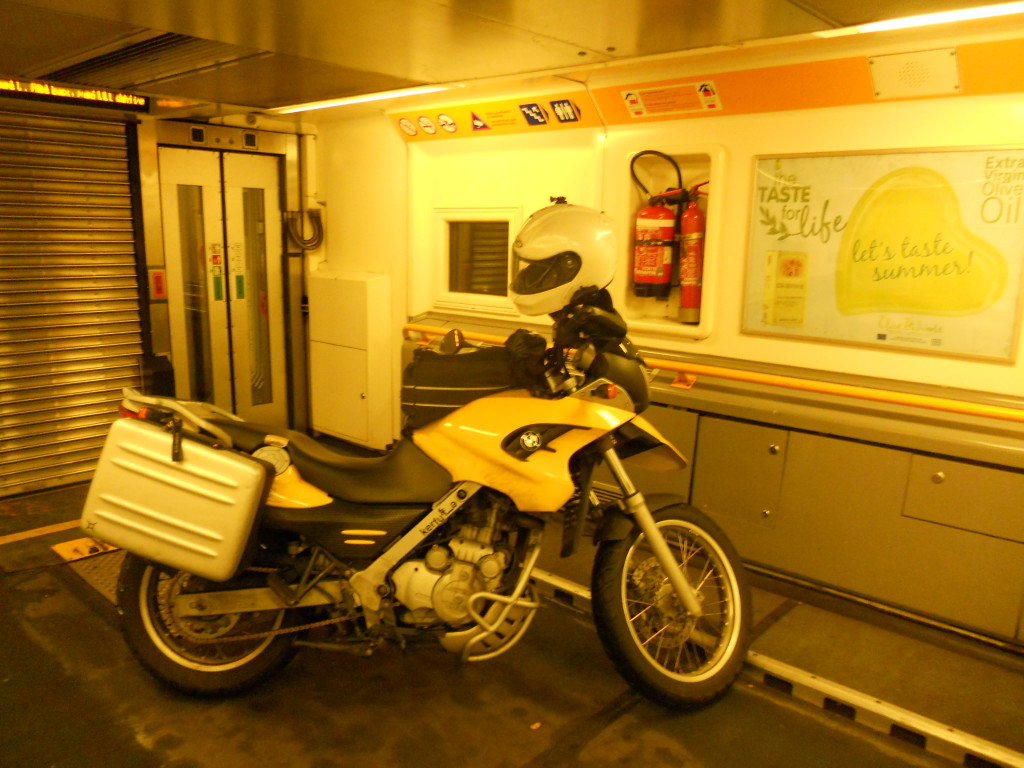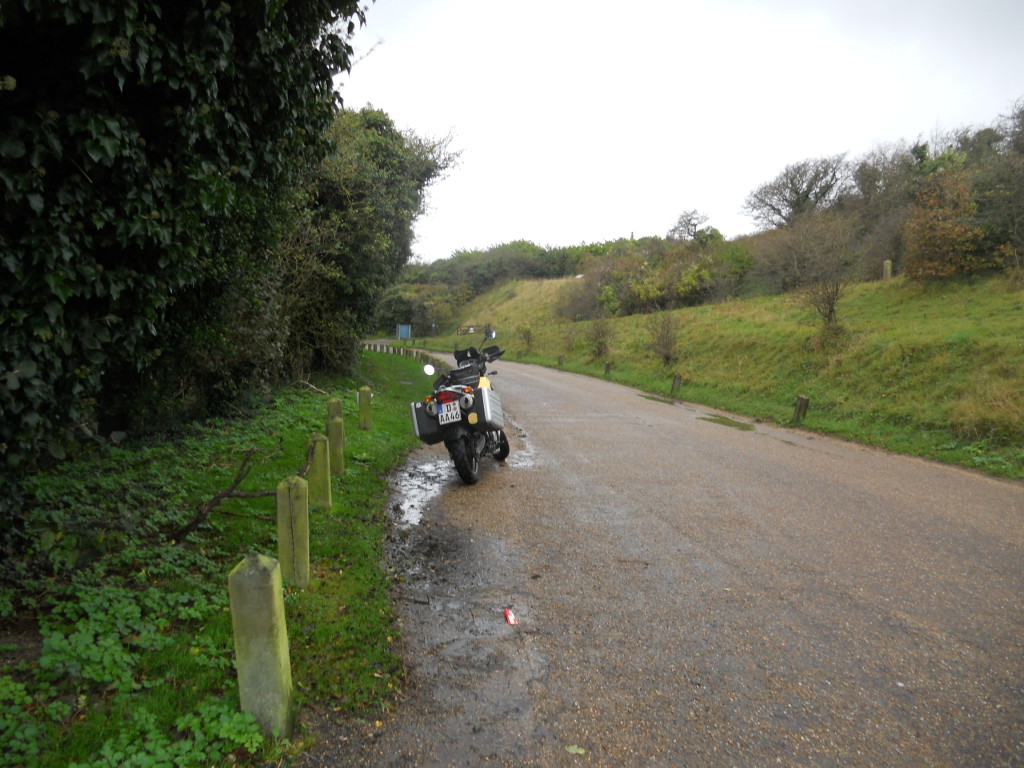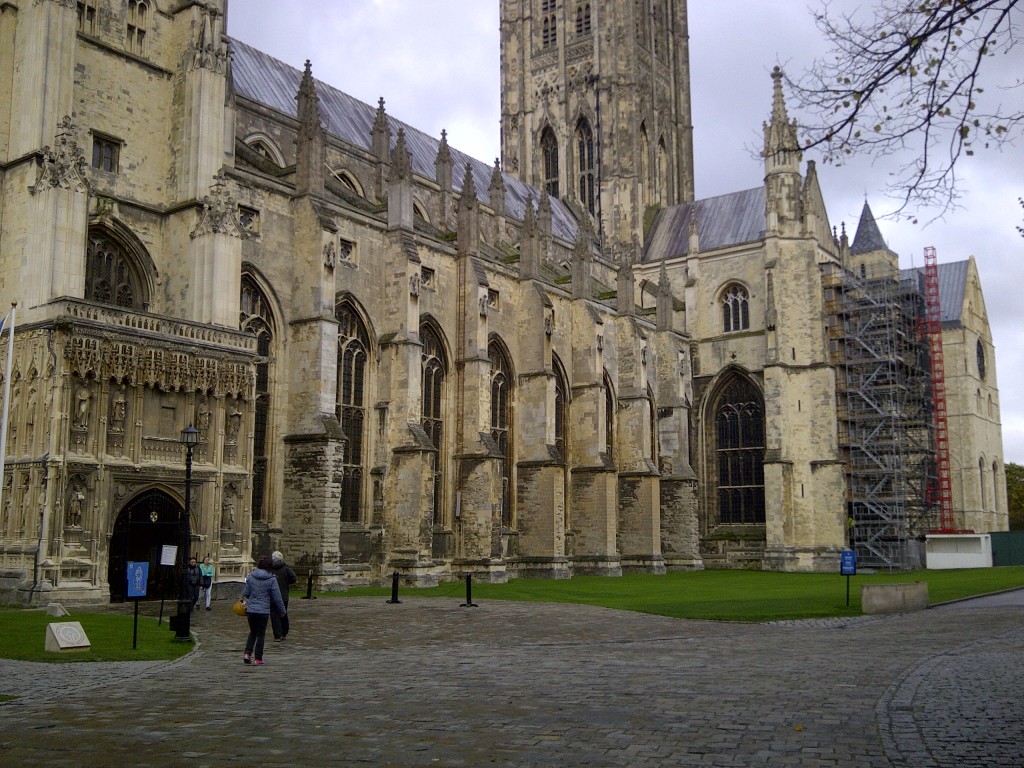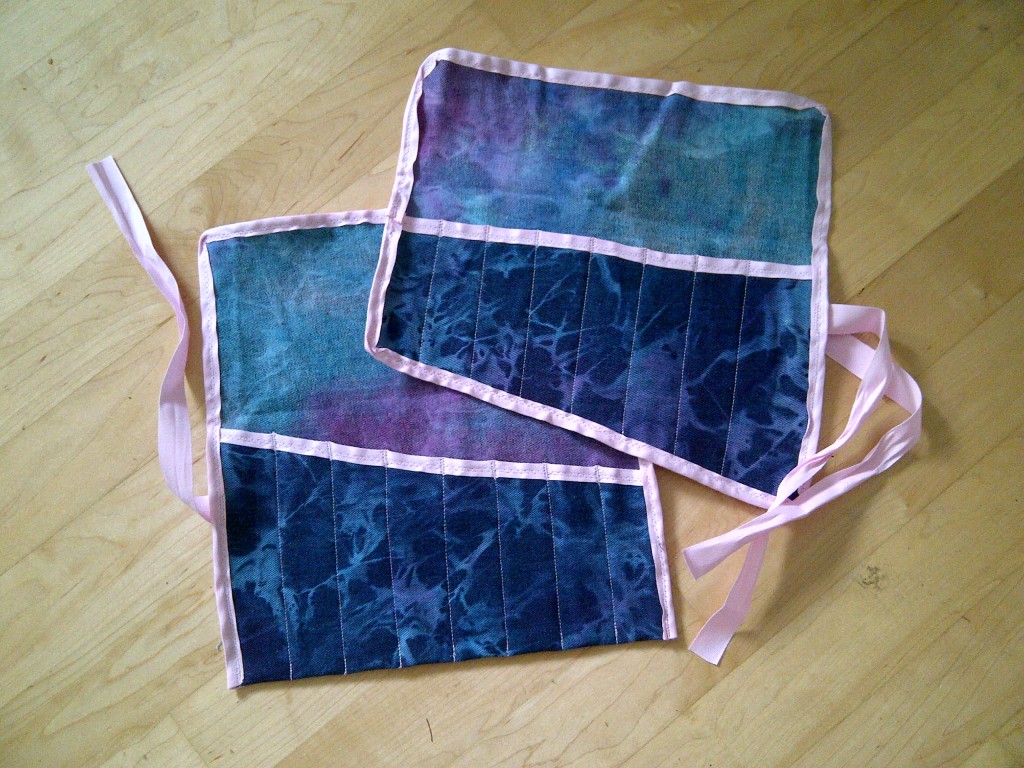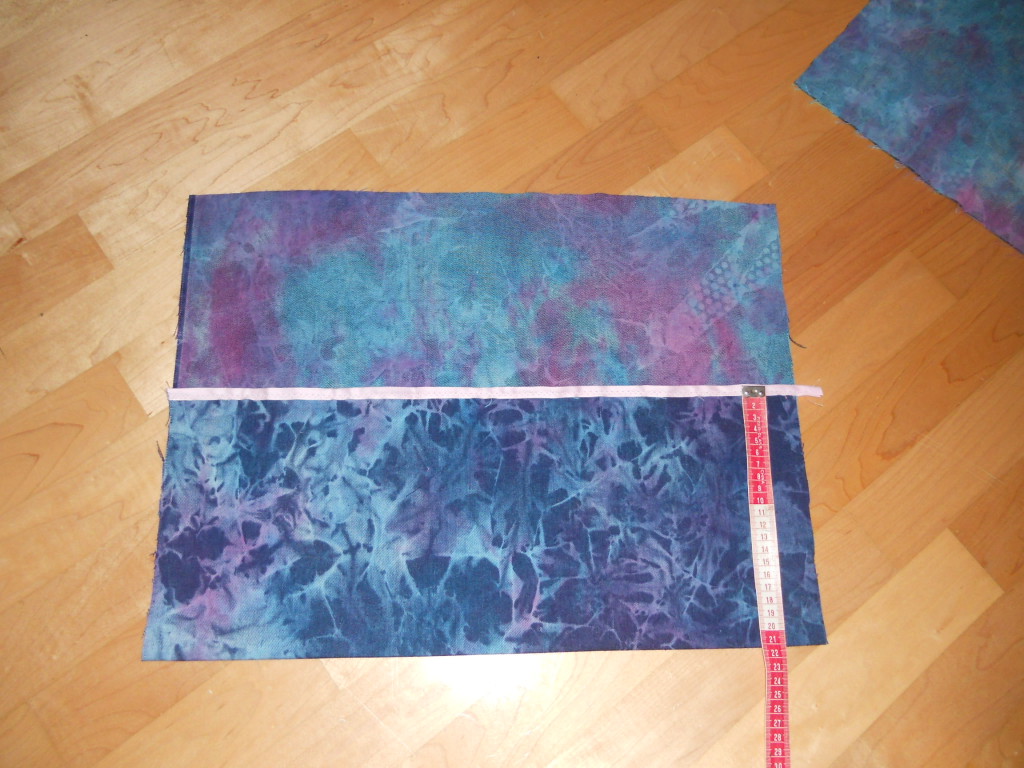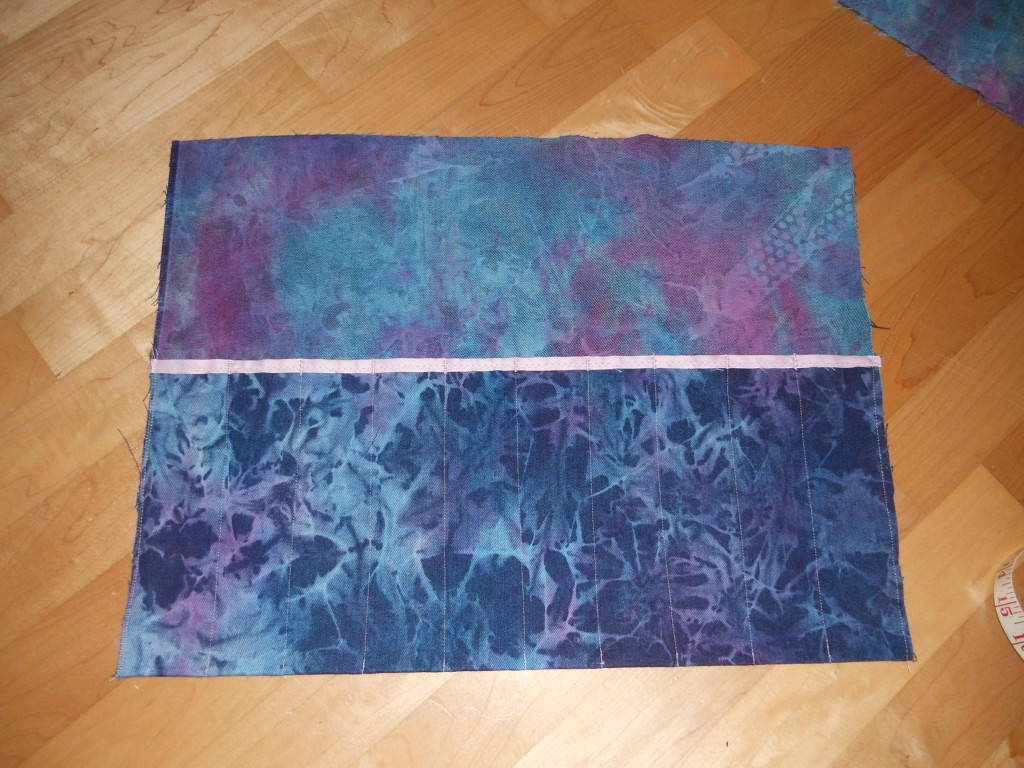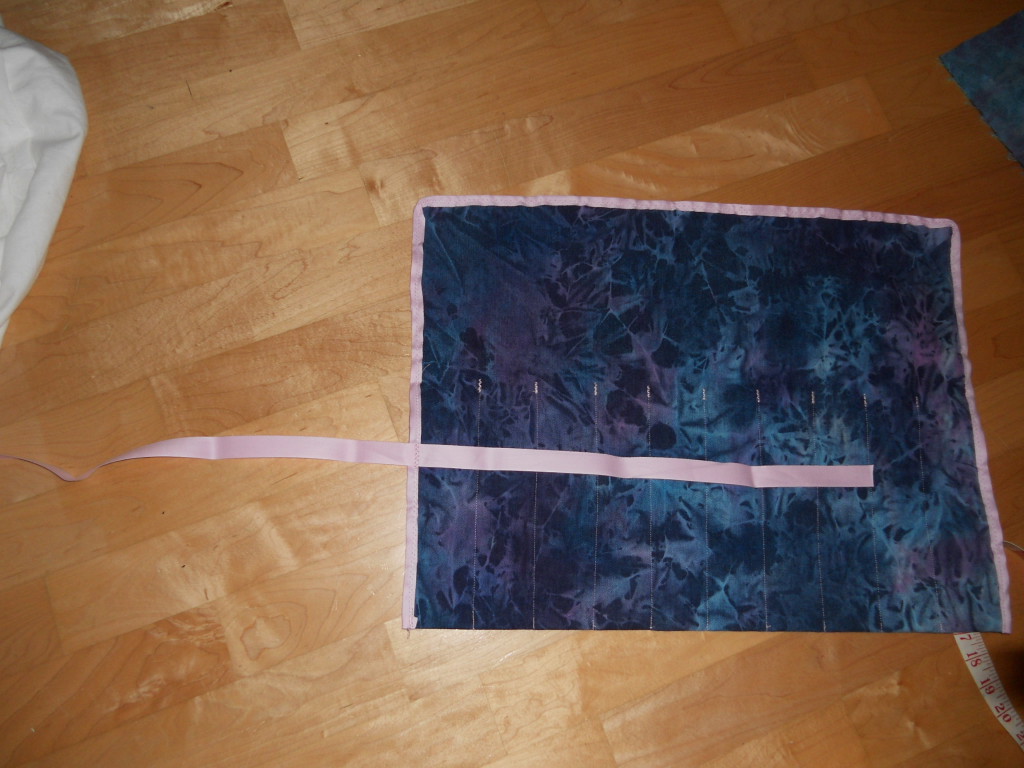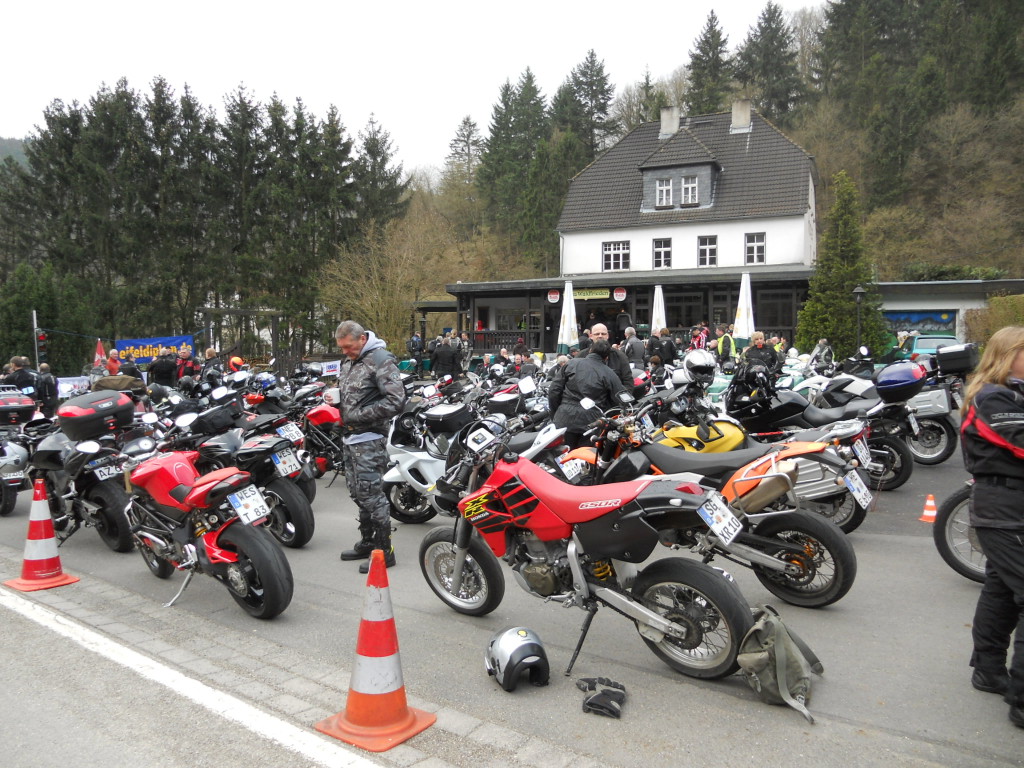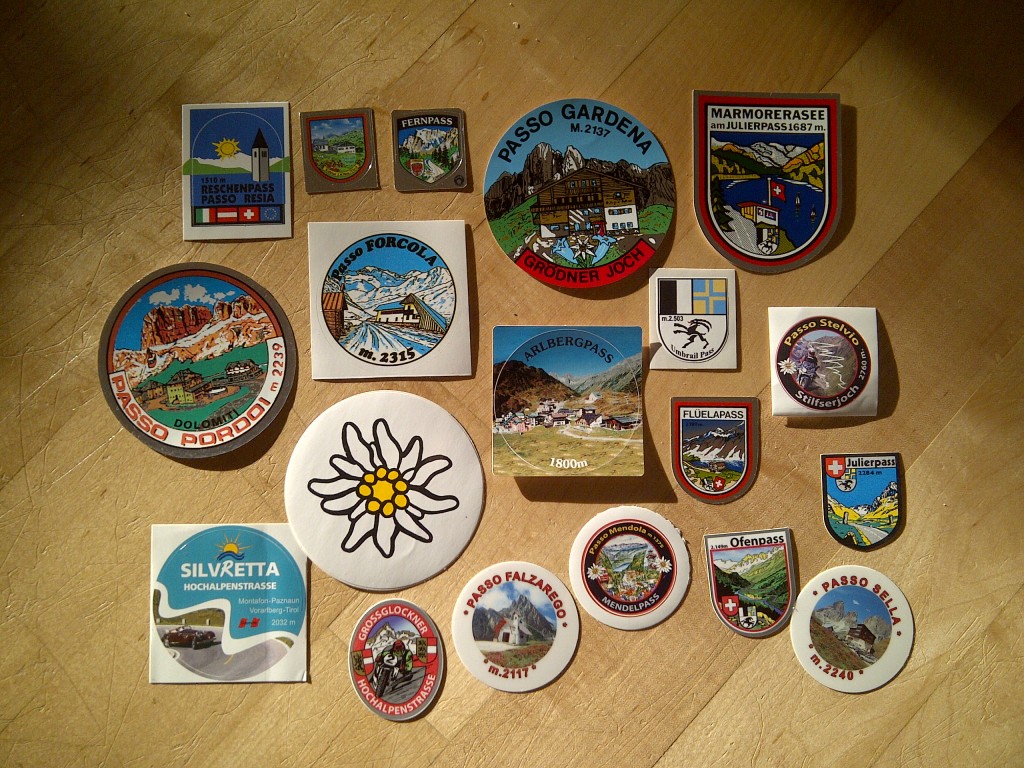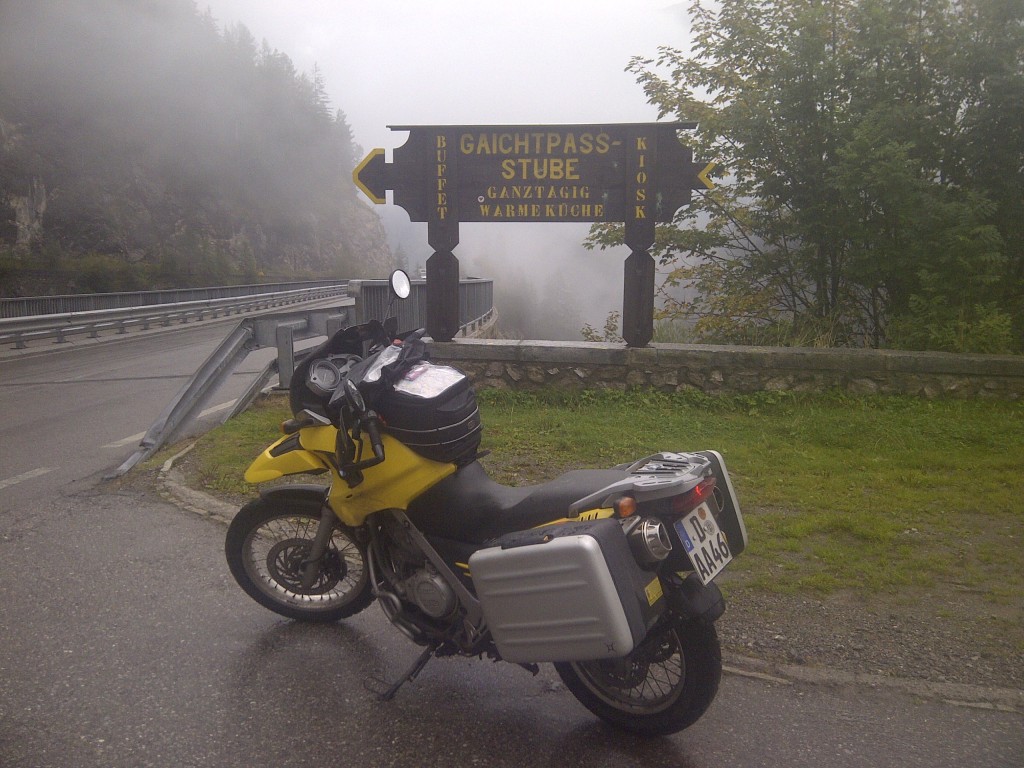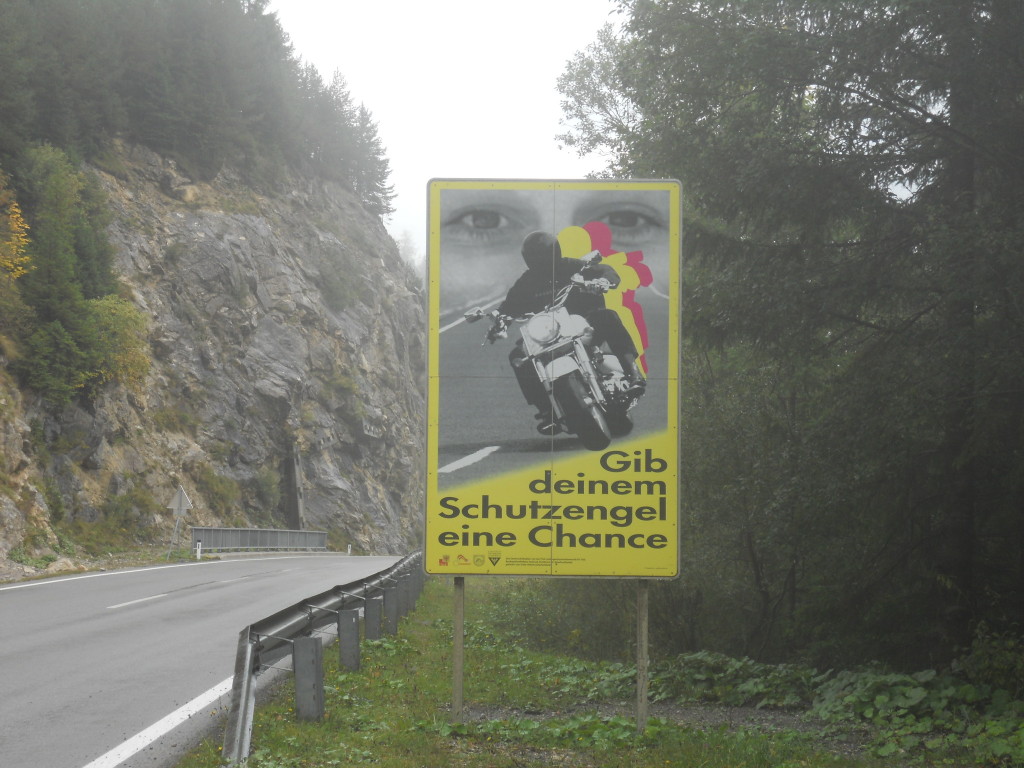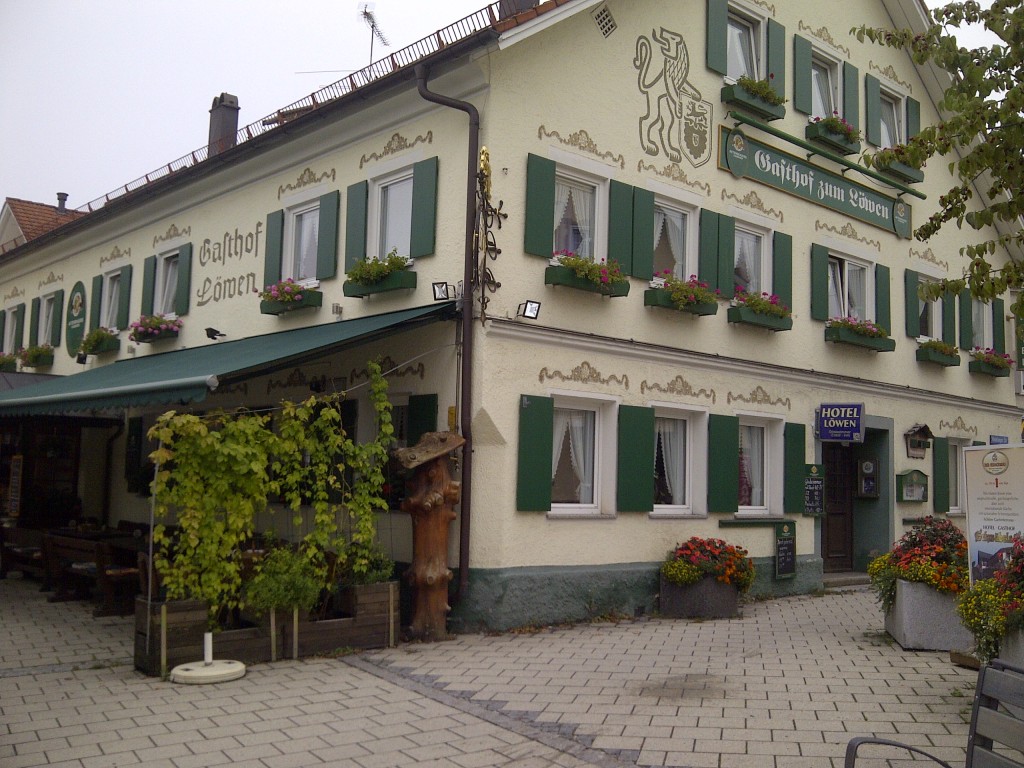I decided to take a ride to Kent, UK. No real plans, but did want to try out the Channel Tunnel train and the ferry. Here is a brief bit about how to cross the English Channel relatively stress-free.
The first step is committing to go. All ferries and the train are cheaper if you book at least a week ahead. But even as a last minute rider, you can still take advantage of one loophole in booking – book early for the latest passage you think you’ll make, and you can take whatever is open up until then.
I booked le Shuttle, the French name for the train that goes under the big gash, for a 13.50 departure. The Euro Tunnel trains are priced in two-hour intervals, so I booked the latest train in the interval in which I planned to arrive. I arranged my riding to bring me to Calais a full two hours earlier to allow for some stops if I found them necessary. The Port of Calais has a rather nice shopping area, but do not count on buying postcards or stickers, there are none available. The shopping is focused on the old-school duty-free mindset of buy as much alcohol and perfume as you can.
When you arrive, you come first to a booth which asks you to either buy a ticket or check-in. I punched in my reservation number and was advised that I was early and could choose any one of the three remaining shuttles in my booking window. I picked the next one and received a hangtag for my mirror printed with the shuttle code “L” and a receipt. The next step was customs and border control. The UK is not Shengen, so one must get one’s passport stamped after answering the usual questions. As an American living in Germany, I had a few more to answer, but nothing profound. I passed first through the French border station, then through the UK station, then through Customs. Motorcycles are typically waved through Customs, how much could we be carrying anyway?
Once through the paperwork (about 15-20 minutes), you are directed to a parking area near the shopping/food court. A large LED board shows the calls for trains, and you wait or shop until you are called. Then it is off along a winding path to the boarding area. One goes up the ramp over the train tracks, then down to board. Bikes are pooled up to board last. All bikes board on the lower level – the cars are sent up and down. Unlike the AutoZug, there is plenty of clearance to ride in comfortably and walk around inside of the cars. Apparently the last two cars are reserved for bikes. I was the only rider on my train, so had an entire compartment to myself. You enter the train over a steel “bridge” and then ride in. I was wisely advised to avoid the metal strip in the center – it’s not the stiffest piece of metal – and stay to one side. Bikes are best ridden in on the right side, then turned across the way at an angle and parked with the front tyre up against the left edge. Out comes the sidestand, and that’s it. You’re loaded on. A few safety checks, intercomparment doors are closed, and you’re off!
Each car is equipped with a bathroom, but that is it. No amenities for the 35 minute trip that is 35 minutes. No longer. It’s barely enough time to snap some photos and notice that the train is moving. I was able to scarf down the sandwich I’d brought with and chat with the steward for a few moments, but it seemed like no time at all and we were back in the light. le Shuttle, as it’s called in French, is clearly designed to remain in motion.
We arrived at Folkstone and began the disembarkment process. About halfway out of the train, I looked back and discovered that they were already loading the next cars. Leaving the train, one can see the forward section that is full-height and used to move freight trucks. As immigration and customs were completed in Calais, one simply rides out of the terminal, up a ramp (the inductive sensor did not pick up my bike and I had to cross against the light), and into a right turn. Into the left lane. Then, a traffic circle. Ok, may as well get of that out of the way quickly. There are seemingly hundreds of signs scattered at the road side up to 50kms from Folkstone reminding people in four languages to drive on the left. I’d purchased a smallish windscreen cling that showed the driver on the left of the road and how to navigate a traffic circle. I kept it in my map pocket stuck to its white background paper – it was a good reminder. Conveniently, it can be reversed for use on the continent.
I visited the White Cliffs Nature Park and Canterbury Cathedral. Then off to Margate, which I was completely shocked by. Having spent some time at the Jersey shore, I was floored to discover that its twin exists in England. In fact, throughout my short tour of Kent, I was continually amazed to discover that there is nothing particularly special or unique about the Jersey shore, or larger parts of New Jersey and Southeastern Pennsylvania. They are little carbon copies of Kent, without the cool stuff like Canterbury and Sandwich. Unfortunately, it was a holiday weekend in the UK, so I have no cool BnB story to tell – just a PremierInn that wasn’t afraid of a chick on a bike, and had a clean and comfy (if noisy due to floor squeaks) room for 65quid.


